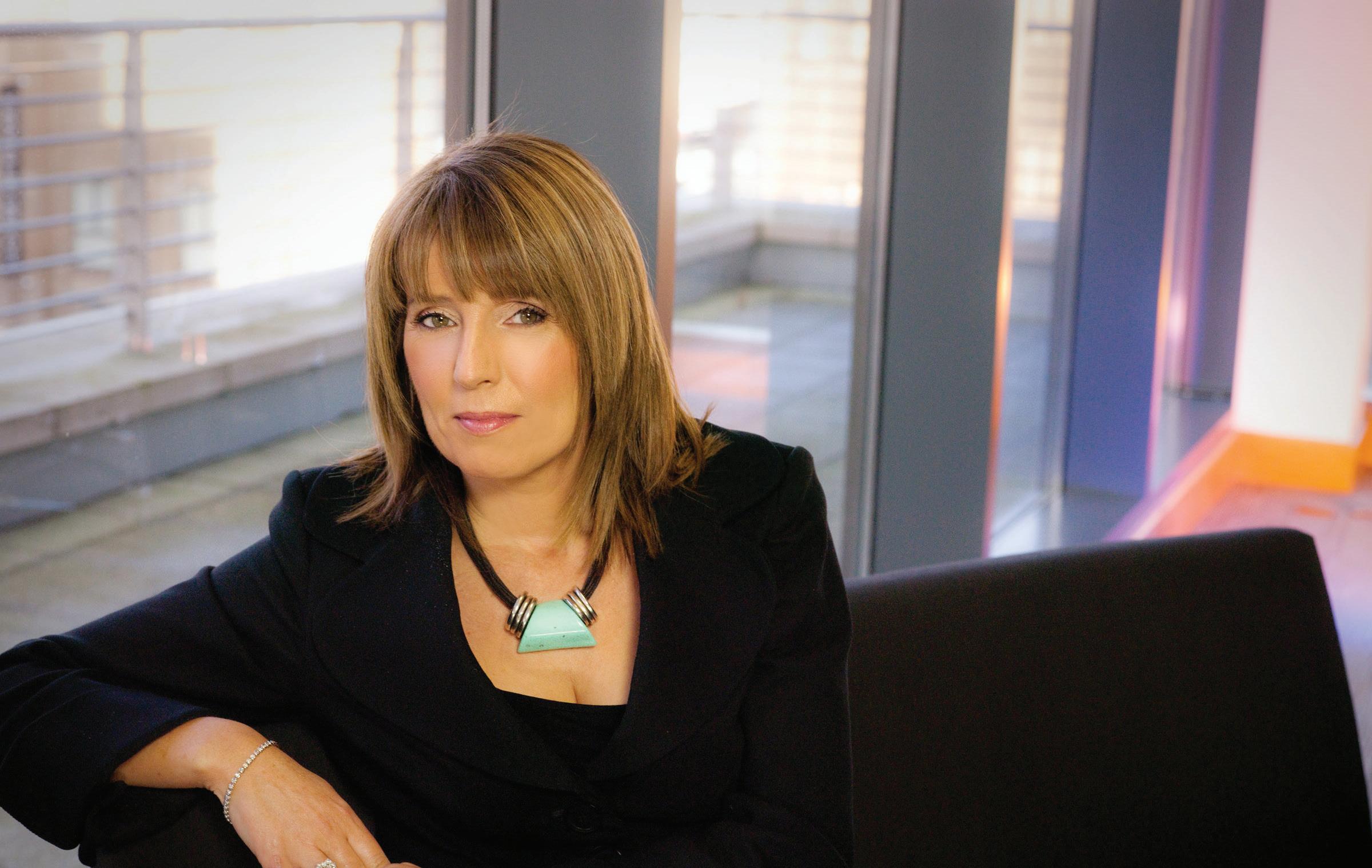
5 minute read
My Journey to Senior Partner in a Legal Practice
My Journey to Senior Partner in a Legal Practice
When I graduated from Queen’s University, Belfast with a law degree in 1985, it marked a turning point—not just personally, but for women in the profession. That year saw more women graduating in law than ever before. Still, the legal field remained male-dominated, especially at the senior levels. In fact, in the late 1980’s and early 1990’s, there were very few female role models, and misogyny was, unfortunately, far from rare. My own path into the profession was shaped by family and opportunity. I began my career at Napier Solicitors, a firm established by my grandfather in 1930. At the time, my father, Sir Oliver Napier, was senior partner. With other family members holding high legal positions—an aunt who owned her own practice and an uncle who was a Master in the High Court—law was very much in our DNA.
Despite the privilege of a supportive entry point, my professional environment was far from typical. I was the only assistant solicitor at the firm and the only woman. But, unlike many of my peers who were given limited opportunities in the type of work they were allocated, I was fortunate to work in a practice that specialized in insolvency and litigation—areas where few women were practicing. This early divergence proved pivotal. I was also fortunate that, early in my career, my knowledge of insolvency law resulted in receiving instructions in a number of high-profile criminal cases and I handled complex fraud Crown Court cases—unusual for women at the time—which gave me a solid grounding in financial legal matters. When the Insolvency (Northern Ireland) Order came into effect in 1989, establishing a framework for licensing Insolvency Practitioners, I already had a significant head start. I received my license soon after the legislation was enacted in 1993, setting me apart as a specialist in a field with very few women.
My progression to partnership was, in many ways natural, but also deeply personal. It was a family practice, and I had worked there during school holidays from the age of 14. I knew the administrative staff and court officials well. In 1997, I became an equity partner and the transition in seniority felt more like a shift in responsibility than a change in power dynamics. I had long-standing relationships with my colleagues, and having grown up in the practice, I was deeply committed to maintaining its values. But while the setting was familiar, the cases I was now leading were of higher stakes and greater visibility. The weight of expectation increased—but so did the opportunity to shape the firm's future.
A crucial part of my success has been the support I received along the way. My father not only championed my partnership but actively supported me in the cases I took on. Beyond family, I was lucky to have a network of talented, driven female friends—solicitors working in banks and private practice—who encouraged and uplifted each other. That sense of camaraderie was invaluable in a profession where women often felt isolated at senior levels.
Today, I lead an all-female insolvency department filled with exceptional professionals. Still, I’m acutely aware that my journey—rooted in family support and fortunate circumstances—is not the norm. Too many talented women leave the profession before reaching leadership. A 2022 survey by the Law Society of Northern Ireland revealed that, while more women than ever are entering the profession, retention drops dramatically after age 30. Many cite struggles to balance family life with the demanding hours of private practice, prompting moves to public sector roles or part-time work.
Today, I lead an all-female insolvency department filled with exceptional professionals. Still, I’m acutely aware that my journey—rooted in family support and fortunate circumstances—is not the norm. Too many talented women leave the profession before reaching leadership.
This exodus has a knock-on effect: fewer women are seeking or being considered for partnerships. I had been acutely aware of these challenges through my mentoring work with female solicitors and was elected to the Council of the Law Society of Northern Ireland in 2017 in the hope that I could highlight these issues and put measures in place to address the imbalance. During my tenure as President of the Law Society we conducted a Diversity and Equality survey which highlighted, amongst other things, the fact that women are 4 times more likely to be working part time and earning 25% less than men. I currently Chair the Women’s Steering Group and, on International Women’s day launched The Women’s Network. The network supports women through mentorship, leadership development, and advocacy, and works to increase female representation on Council, helping to ensure women’s voices are both heard and empowered. We are also developing a Returner’s programme to create a structure for women to re-enter private practice through skill development, confidence building and reintegrating into a firm.
To see real change, law firms must go further. They must embed flexible working as the norm, not an exception. They must provide structured mentoring, particularly in male-dominated areas like litigation and commercial law. And they must actively sponsor and promote women with potential—not only those who ask, but those who may not yet feel entitled to. Becoming a partner wasn’t simply about following a well-worn path, even in a family practice. It meant carving out space in an often unwelcoming and male dominated environment—and then holding that space open for others. The legal profession has made progress, but the work of making space for women at the top is far from over, and each one of us has a responsibility to help others in their journey to partnership and senior positions. ■
Brigid Napier
Partner and Director
Napier Solicitors








